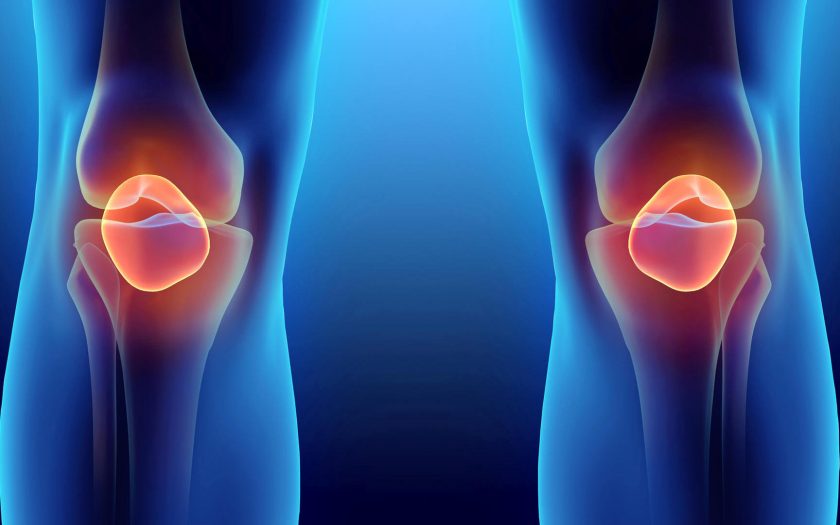Control your weight.
First, you need to know your optimal weight and control it. Each extra kilogram increases the load on the joints several times. Thus, it is necessary to lose weight (if you are overweight). At excess weight cartilaginous layers in intervertebral disks age more actively.
You need to regularly monitor your weight, play sports. Meals should be in small portions. You need to give up eating hot sauces. You should not prescribe yourself a strict diet and arrange fasting days. Any long-term restrictions should be agreed with your doctor.
Cook properly.
Of great importance is the form in which food enters the body. Food should be prepared carefully. It is necessary to exclude fried food from a diet, and also to limit long cooking. It is desirable to bake, stew, cook or steam food.
Limit the use of spices and flavor enhancers.
Do not use a lot of salt, vinegar, mayonnaise or ketchup. If you are accustomed to all sorts of sauces and additives, the first time the food will not seem tasty, but soon you will feel its true taste and begin to enjoy natural food.
Eat more greens.
Parsley and dill are especially good for the joints. You should eat 1 tablespoon of dill and one teaspoon of parsley daily. It is desirable to eat fresh herbs, although you can dry for the winter. Dried herbs should be stored in glass jars. Greens perfectly remove harmful substances, taking an active part in metabolism. If you buy herbs in a store or market, rinse them thoroughly under running water.
Eat foods that contain fiber.
Fiber should be present in the diet in the form of fruits, vegetables, bran, whole grains. Bran acts as an adsorbent, cleansing the body of unwanted elements that contribute to the deterioration of intestinal motility.
Add the necessary trace elements to your diet.
Lack of trace elements contributes to significant disturbances in bone structure. Selenium, iron, zinc, boron are especially important for bone tissue. Selenium is needed to strengthen joints, moisturizes the joint. Selenium is found in garlic, kelp, brown rice, oatmeal and meat. Thinning of bone structures can be provoked by a large amount of phosphorus. To regulate the amount of this macronutrient, you need to get iron. It removes excess phosphorus.
Add minerals to your diet.
To maintain the health of bone structures, the body also needs the following minerals:
Calcium.
First, the bones need to get enough calcium. It is especially abundant in milk, hard fatty cheeses, fresh eggs, nuts, beets, whole grain corn grits, artichokes and, of course, cottage cheese. It is advisable to consume calcium-containing food in the afternoon, as it is actively excreted by the kidneys until 13:00.
Phosphorus.
Phosphorus also strengthens bones, maintaining acid-base balance. It is abundant in sea and ocean fish, legumes, cabbage. But excessive consumption of this macronutrient can lead to bone demineralization. Foods containing magnesium (green vegetables) and iron can reduce the absorption of phosphorus in the digestive tract.
Magnesium.
Magnesium not only regulates the phosphorus content; it normalizes the functioning of neurons that send impulses from the bones and their joints. It is found in poppy seeds, cocoa, buckwheat, soybeans, cherries, green vegetables, sunflower seeds, avocados, dark chocolate.
Potassium
Potassium plays an important role in metabolism. It is contained in the green leaves of vegetables.
Also see your doctor regularly. If you are diagnosed with osteoarthritis, your doctor will prescribe medications (such as Muvera or Reactin SR) in a timely manner to prevent the development of severe complications.

